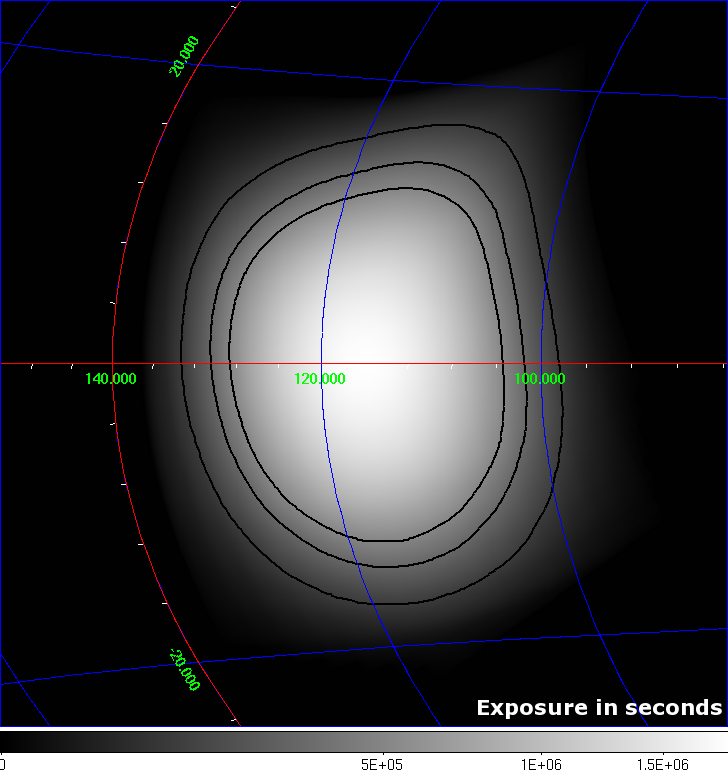Proposal Details - 0820004
The origin of X/gamma-ray emitting particles: cosmic-rays, antimatter and radioactivity in Cassiopeia A and Tycho (Martin)
Proposal Abstract (based on proposal abstract)
It is proposed to observe Cassiopeia A (Cas A) and Tycho in order to constrain the production of various X/gamma-ray emitting particles by supernovae (SNe) and their remnants (SNRs). In AO-7, it was argued that significant advances can be made with an additional 7 Ms of exposure on these objects and granted was 1.5 Ms. A continuation of the effort with a further 2 Ms in AO-8 is required. SNRs are established sources of cosmic-rays. A better characterisation thanks to IBIS of the hard X-ray spectra from both Cas A and Tycho will allow a better interpretation of the non-thermal emission from these objects. These observations are of great importance to constrain the maximum energy to which electrons are accelerated and the turbulent magnetic field and diffusion regime, two key ingredients of the diffusive shock acceleration theory. SNe and SNRs are also considered as the most likely sources of the galactic positrons, through the beta-decay of some of their nucleosynthesis products. It is still unclear which fraction of these positrons can escape SNe and SNRs to flow into the interstellar medium and feed the Galactic diffuse emission at 511keV observed with INTEGRAL. Constraining the 511 keV emission from Cas A and Tycho with SPI will give valuable information about the positron escape fraction and transport, which are central to a full understanding of the leptonic antimatter content of our Galaxy. Stellar explosions also produce radioactive isotopes like 44Ti that upon decay give rise to gamma-ray line emission. The nucleosynthesis of 44Ti is highly sensitive to the physical conditions of the explosion. Observations with SPI and IBIS can help to identify at what location in the exploding star the 44Ti is produced and thus be a significant contribution to the understanding of the mechanisms by which stars explode. In addition to these topics, the Cassiopeia field harbours many hard X-ray sources to the study of which IBIS can strongly contribute.
Observation Strategy (Recommended by TAC)
Total of 2 Ms consisting of two standard 5x5 dithering mode grids centered around RA, Dec= 2.143, +62.461 (l, b = 118, 0) and RA, Dec = 353.842, 61.545 (l, b = 114, 0), with 1 Ms allocated to each grid.
Proposal grade: B
Data Rights (Recommended by TAC)
The TAC has allocated the following specific data rights to this proposal: Cas A and Tycho supernova remnants.
Exposure Map
Exposure maps are in units of s and shown using Galactic coordinates. The intensity scale is given by the colourbar, and there are contour levels at 100, 300 and 500 ks.
